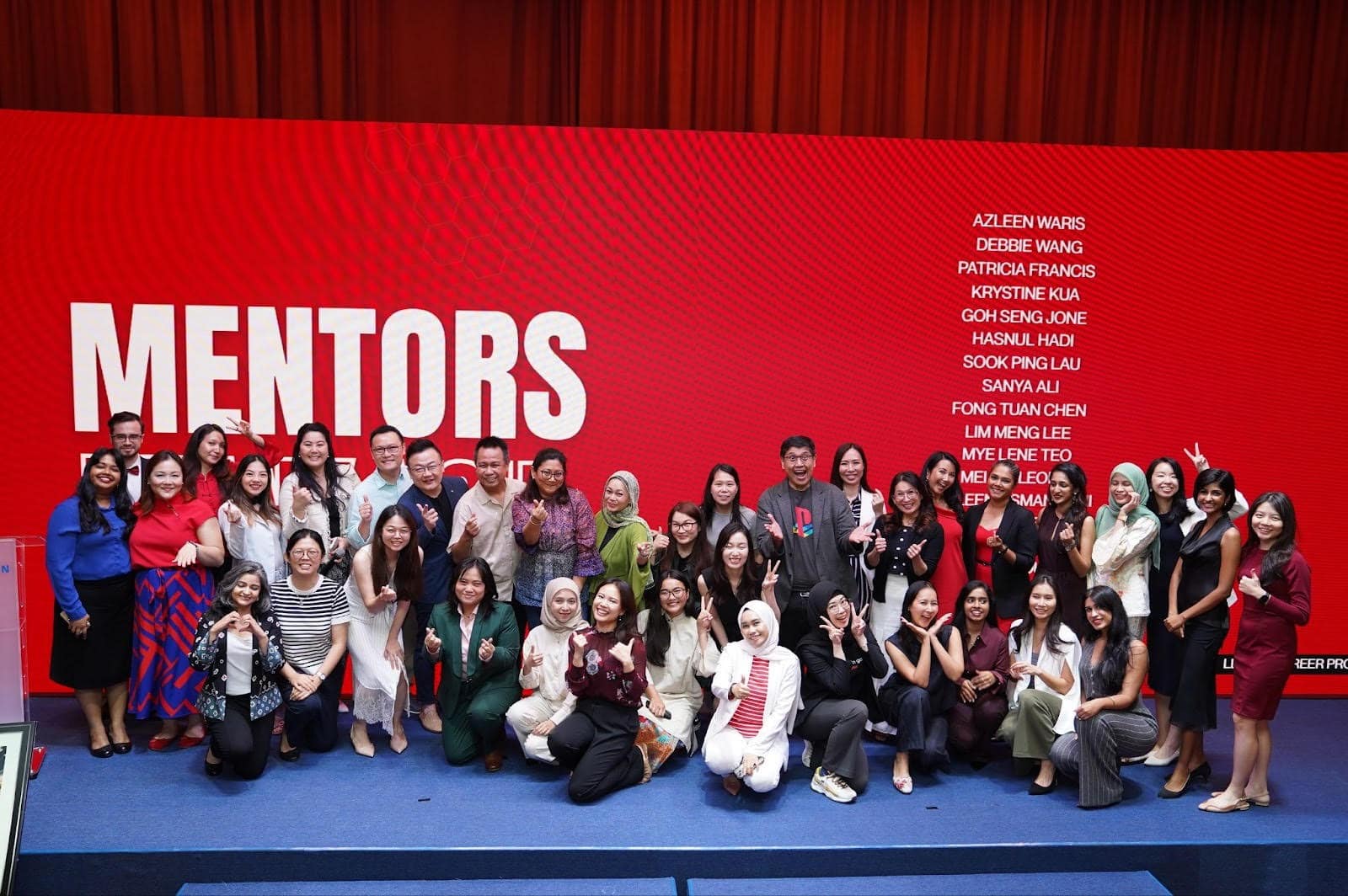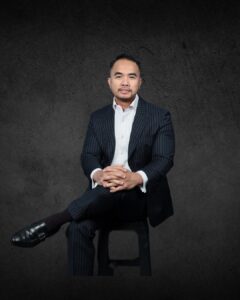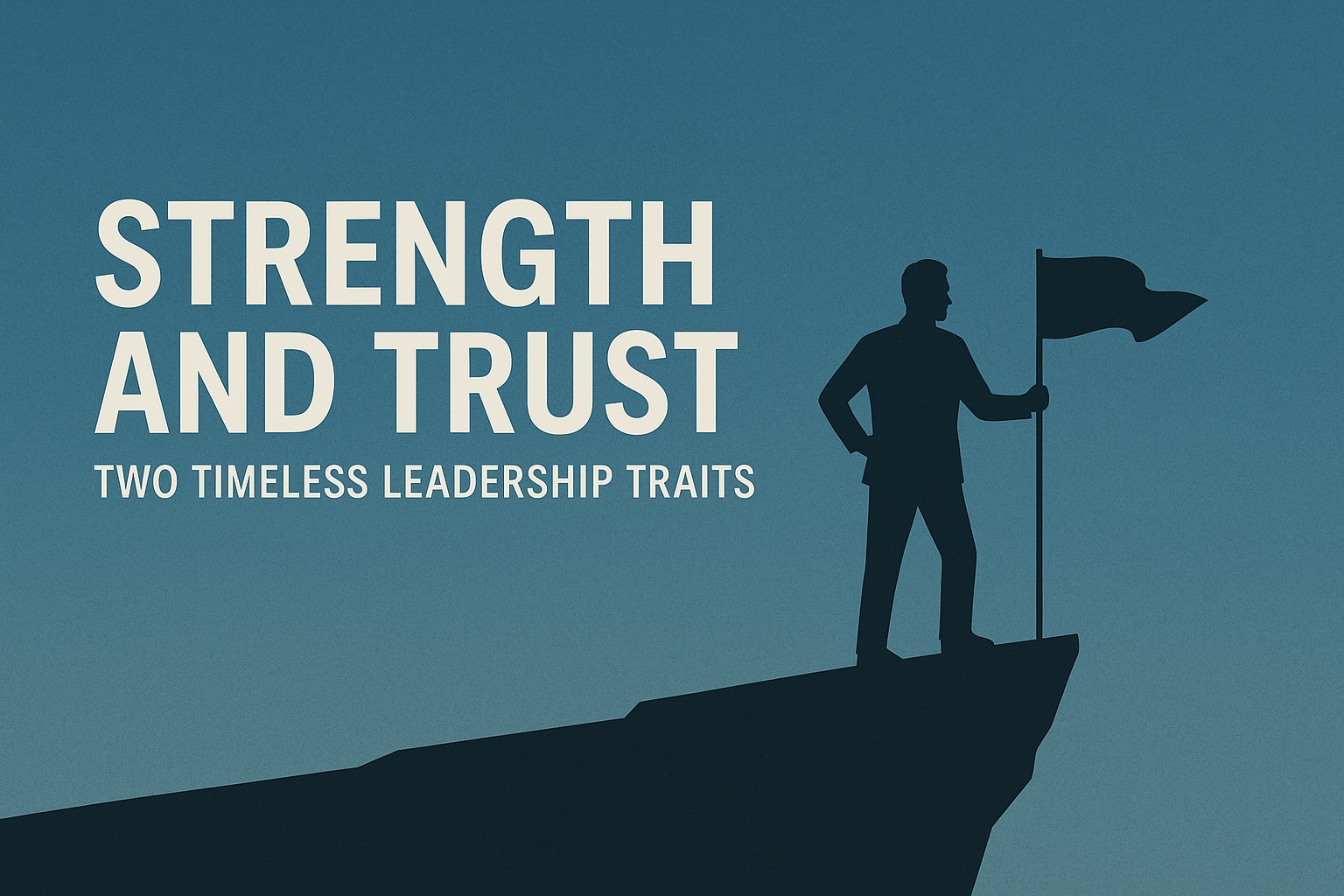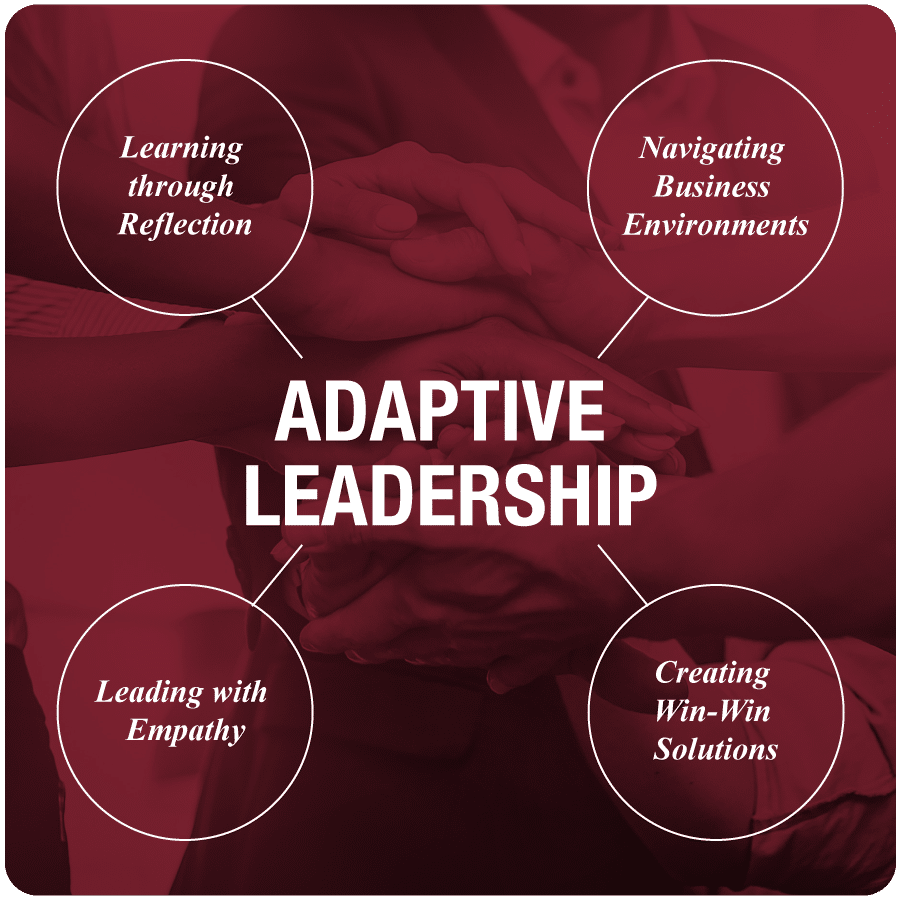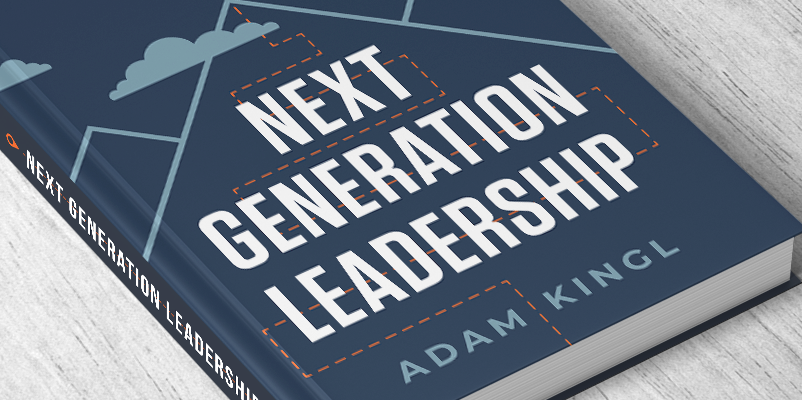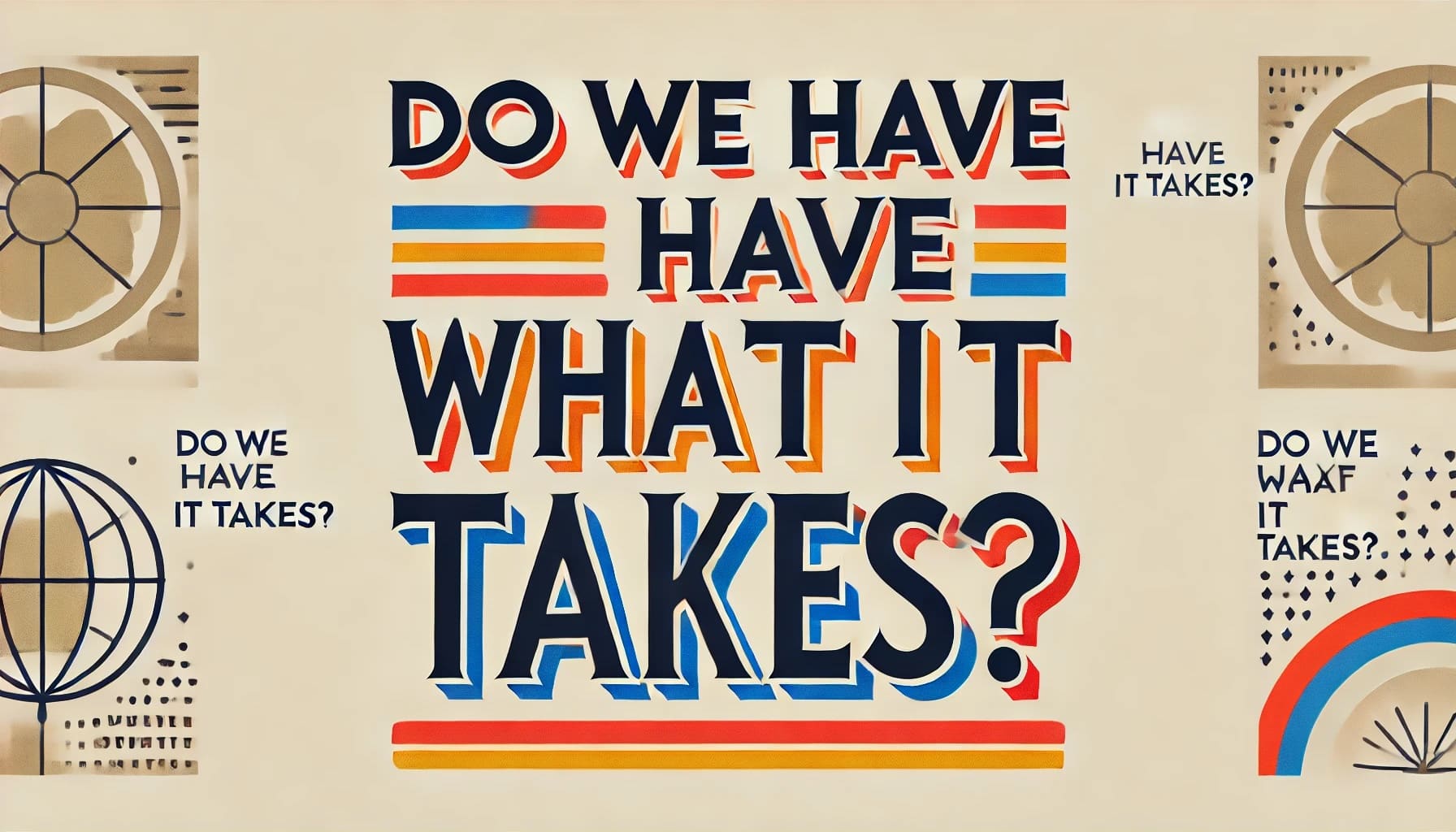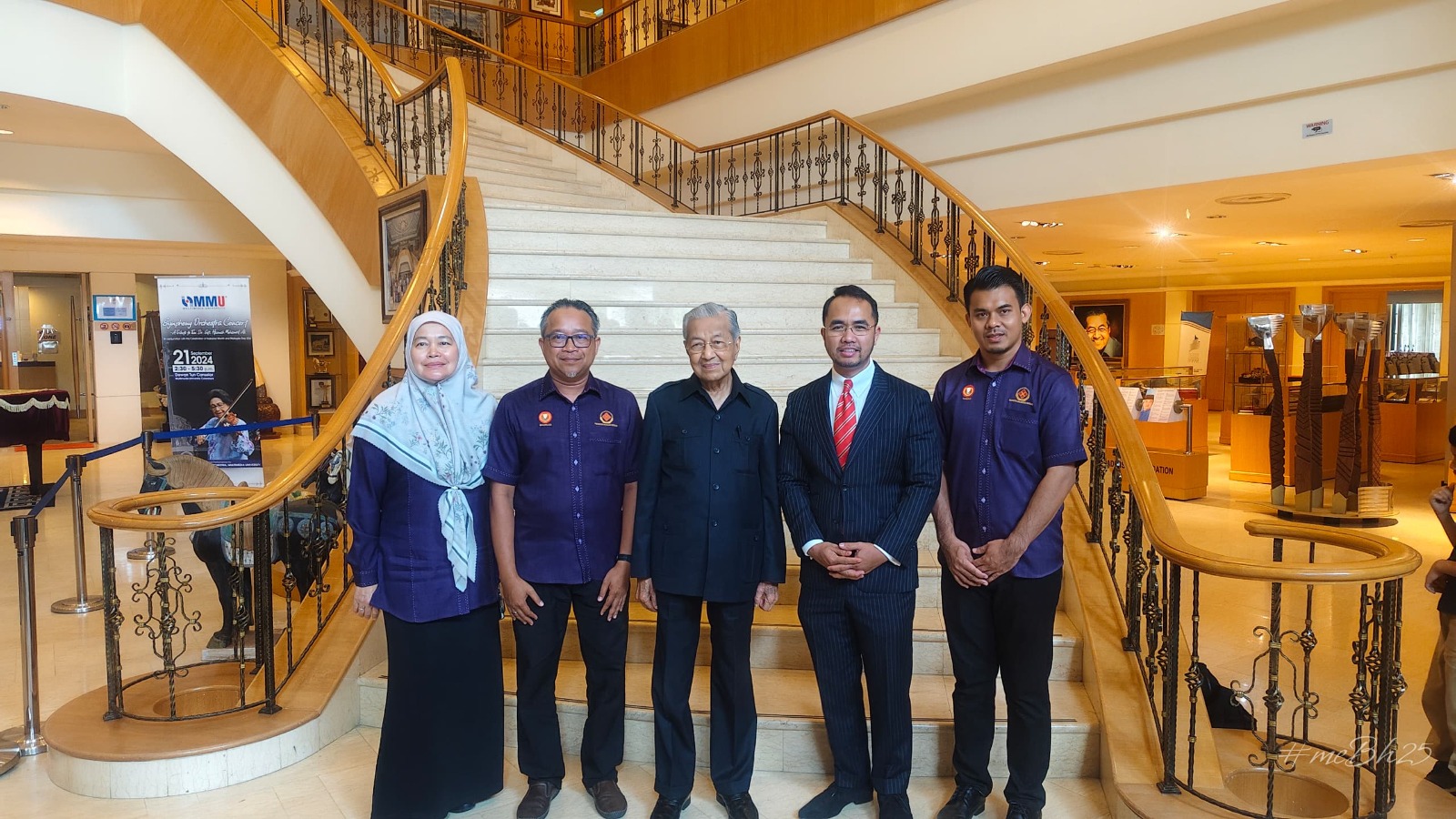The prevalence of human-centric struggles at the workplace
In a Forbes article in August 2024 called ‘20 Challenges For the Next Generation of Business Leaders’, two broad categories of leadership complexities were identified. The first group with six of the listed challenges related to the evolution of the workplace. Here, issues relating to the integration of technology and systems covering adaptability of organizations to rapid technological changes, streamlining processes, and future-proofing their workforce were highlighted. These hurdles included automation, AI integration, cybersecurity and the ability to remain competitive in a tech-driven world. Surprisingly the remaining fourteen obstacles that leaders had to overcome were human-centred. They related to the evolution of the people-side of work in a post-pandemic world. The challenges included motivation, leadership models, ethical use of AI, work-life balance, and team cohesion. The category captured the pressing need of leaders to balance efficiency with employee well-being, adaptability, and long-term engagement. The longer list in the second category shows that whilst the technological demands of the workplace are of significance, people problems are still leadership problems.
What does this mean for the workplace?
From organizations such as the International Labour Organization (ILO) to various other think tanks and specialists, the call for improving the workplace is loud and clear. There is an evolution in thinking in terms of how the workforce should be handled. Whilst there is an acknowledgement of the complexities given the uncertainties that have emerged alongside the rapid technological strides being made, the case for establishing lifelong learning cultures, driving inclusivity, ensuring adequate earnings is clear.
Ultimately, the big picture boils down to how leaders invest in their people. Even the best strategy alone won’t help leaders if a team can’t work well together to deliver it. When a team is cohesive, efficiency is attained. High-performing teams don’t just happen in a vacuum. The individuals within a team need to know what the expectations are of them. They need to have support, opportunities to collaborate, and guidance on the kinds of behaviours that are helpful and attitudes or behaviours that need to be left behind. There are other pieces to the puzzle here. Leaders and team members need to know how to communicate well with each other. There are different styles of communication. These differences cause clashes which can lead to toxicity and result in disruption when people leave. How often do employees feel unsupported, undervalued, or outrightly dismissed in the workplace? These challenges highlight a crucial truth. Leadership isn’t just about strategies and getting the technicalities right. It’s about ensuring that teams have the skills to achieve goals.
A cultural shift
The shift in leadership priorities reflects a deeper cultural shift – a transformation that is redefining how the workplace is viewed. We see the younger generation with a rather developed collective learning of things that they no longer want to put up with at the workplace. Their grandparents may have tolerated what we now call ‘toxicity’ in the workplace. Bosses talked down to their ‘subordinates’ and there was a certain amount of rigidity that kept people where they were. Individuality wasn’t always prized and it took a certain amount of perseverance to keep the creative juices flowing.
Today, it is not just dollars and cents at play. There is a shift in that not everyone is willing to put up with just about anything for a salary. There are so many options these days that you no longer have to! Simon Sinek, the American author well known for his inspirational and motivational books and talks says that ‘Leadership is not about being in charge. It is about taking care of those in your charge.’ There is a growing push for people to be valued for who they are and acknowledged for what they bring to the table. To be a successful leader, you’ll need to navigate differences in your workforce and find a way to help each person be productive. Considering the differences in each individual, it is clear that for professional growth to happen, a ‘one size fits all’ approach will not work. The recognition that when people are valued and empowered, they are productive, is vital for leaders. The ability to empower, inspire, and encourage is vital to dynamic leadership. No wonder, so many leaders feel out of their depth.
Solutions for leaders
There are several strategies leaders can do to up their game in the face of these changes:
(1) Build a cohesive team. This starts with understanding your team. How does each individual within the team communicate? Help your team understand each other. Empower them to understand and work with one another. This doesn’t diminish conflict in its entirety, but it helps resolve conflict. It helps build rapport, trust, and collegiality which is so important to establish sharing.
(2) Strengthen communication skills. This is an unending journey for a leader. Communicate, communicate, communicate. Learn to share vision. Help your team dream. Get them involved in the working out of details of the big picture. Draw them in.
(3) Develop listening skills. This is vital. It is such an important tool through which you a leader can show empathy, support, and encourage creativity. It takes strength to create space for someone.
(4) Learn to include. Don’t shoot down ideas immediately. Recognise that not everyone is articulate. Take time to learn what is being put forward. Create a culture of learning together and solving things together. Get people involved – engage with them.
(5) Grow your processes. This is so important. When you have good processes in place, you can create a sense of fairness and belonging. It is also the opportunity to build in flexibility.
(6) Acknowledge growth. Celebrate when there is learning and support your team through challenges. These are opportunities for engagement and connection.
(7) Look after your team. Today’s world brings a whole host of different challenges to mental and physical well-being. Be considerate of your team and actively support their overall wellbeing.
(8) Invest in your own growth. As you grow professionally and personally, your ability to positively influence your team will grow. Schedule check-ins with counsellors or coaches. Look after yourself.
Some questions to consider
How intentional am I in creating a workspace where people feel valued and heard?
What steps am I taking to build a culture that fosters both efficiency and well-being?
Do I truly understand my team’s communications styles and am I leveraging them effectively
How do I handle conflict? Does my style of leadership encourage open dialogue rather than avoidance or suppression?
Am I investing in my own growth to ensure that I’m adapting to changes?





